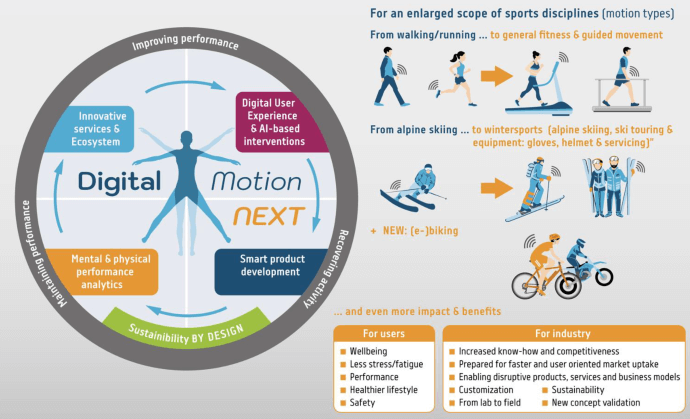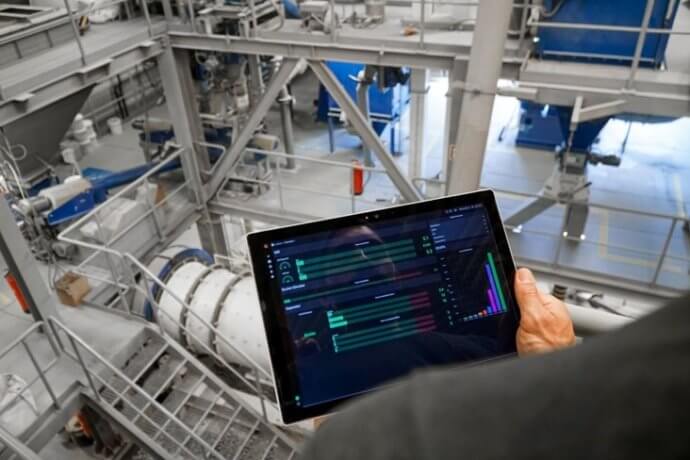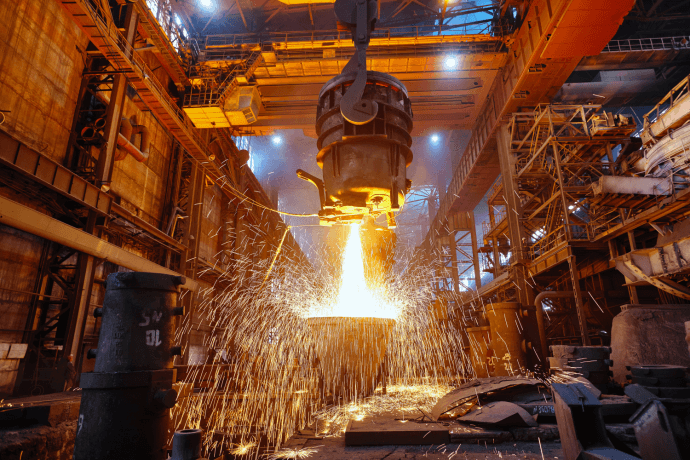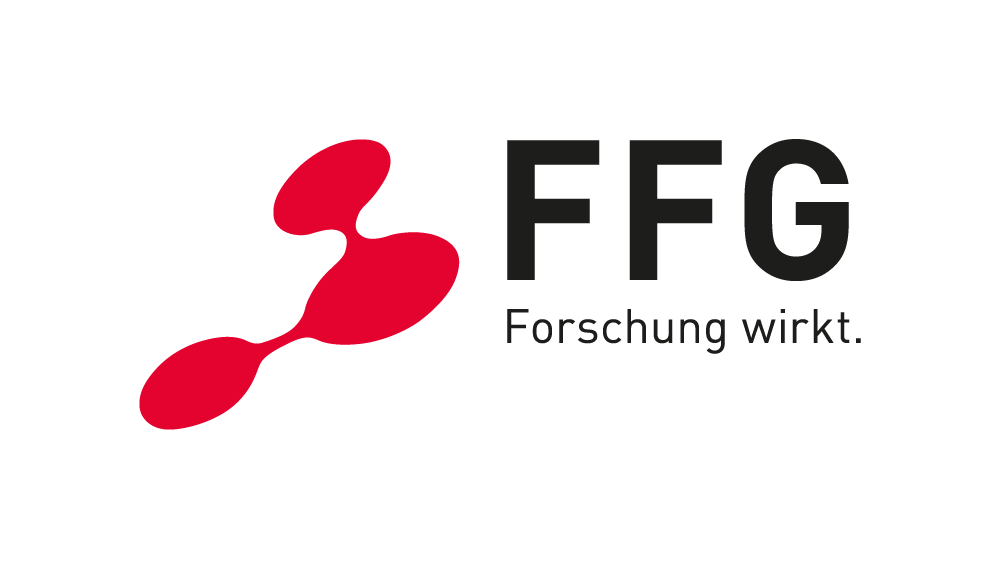AI & Data Analytics
Since the beginning of the industry digitalization, the amount of available data on states and processes has increased sharply. Target-oriented analysis methods make it possible to identify connections between seemingly independent data streams, to draw meaningful conclusions regarding plant and process states, and allow to intervene at an early stage.
Data Acquisition
The data of existing sensors and electrical signals, e.g. representing machine parameters, are quite easy to acquire. If the signals that are necessary for further processing and analysis are not directly accessible, respective additional sensor systems need to be developed and mounted to the machine or component as to provide the desired information.
Data Analytics & Tailored Algorithms
Data provides valuable information if the proper parameters are observed over a reasonably long duration of time. Moreover, for the application of interest, the appropriate machine learning method needs to be selected for analysis, e.g. for the classification of operating conditions or for the recognition of a set of patterns.
Quality Surveillance
Intelligent surveillance of the entire production process chain, including the raw material, the working process and the finished component/product, may reveil individual faults or irregularities which would lead to a significant deterioration of the component/product quality if not corrected in time (cf. condition monitoring & predictive maintenance).
Condition Monitoring & Predictive Maintenance
Models may not only reflect a detailed image of the current situation of a component, machine or process, but also offer a look into the future. The aim is to observe their conditions in a better way, to provide predictions on potential future events and to react in time, thus avoiding damage or other kinds of problems.
Digital Twin
Digital twins represent efficient simulation models that run in parallel to machines, facilities or processes during their operation as their virtual images. Passive digital twins provide additional data about the ongoing process or system condition while active digital twins take action in the real processes, enabling online optimization and adaption.













